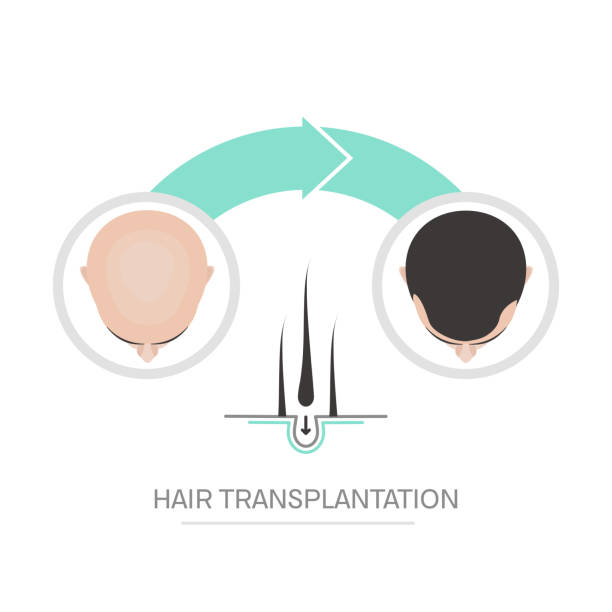A dental abscess is a painful, potentially serious condition that can impact oral health. It’s characterized by the accumulation of pus due to bacterial infection in the mouth. There are two main types: periapical abscess, occurring at the tip of a tooth’s root, and periodontal abscess, which affects the gums.
Causes and Risk Factors Dental Abscess
The primary cause of a dental abscess is poor oral hygiene leading to bacterial invasion. Other factors include a sugary diet, tooth decay, gum disease, or trauma to the tooth. Certain health conditions and lifestyle choices can increase the risk of developing an abscess.
Symptoms to Watch For
Key symptoms of a dental abscess include severe toothache, sensitivity to hot or cold, swelling in the face or cheek, and a fever. Sometimes, a foul taste or bad breath might be present, indicating the spread of infection.
Treatment Options
Treatment involves eliminating the infection and relieving pain. This may include drainage of the abscess, antibiotics, and in severe cases, a root canal or tooth extraction. Addressing the underlying cause, such as filling cavities or treating gum disease, is crucial.
Preventive Strategies
Prevention is better than cure when it comes to dental abscesses. Regular dental check-ups, good oral hygiene practices, a balanced diet, and avoiding tobacco can significantly reduce the risk. Additionally, treating dental issues promptly is key to preventing abscess formation.
Conclusion
A dental abscess is not just a dental health issue but can impact overall health. Understanding its causes, symptoms, and treatment options is vital. Adopting preventive measures can help maintain not just dental health but overall well-being.
For a detailed understanding, please refer to the full article on the Index of Sciences website here.



